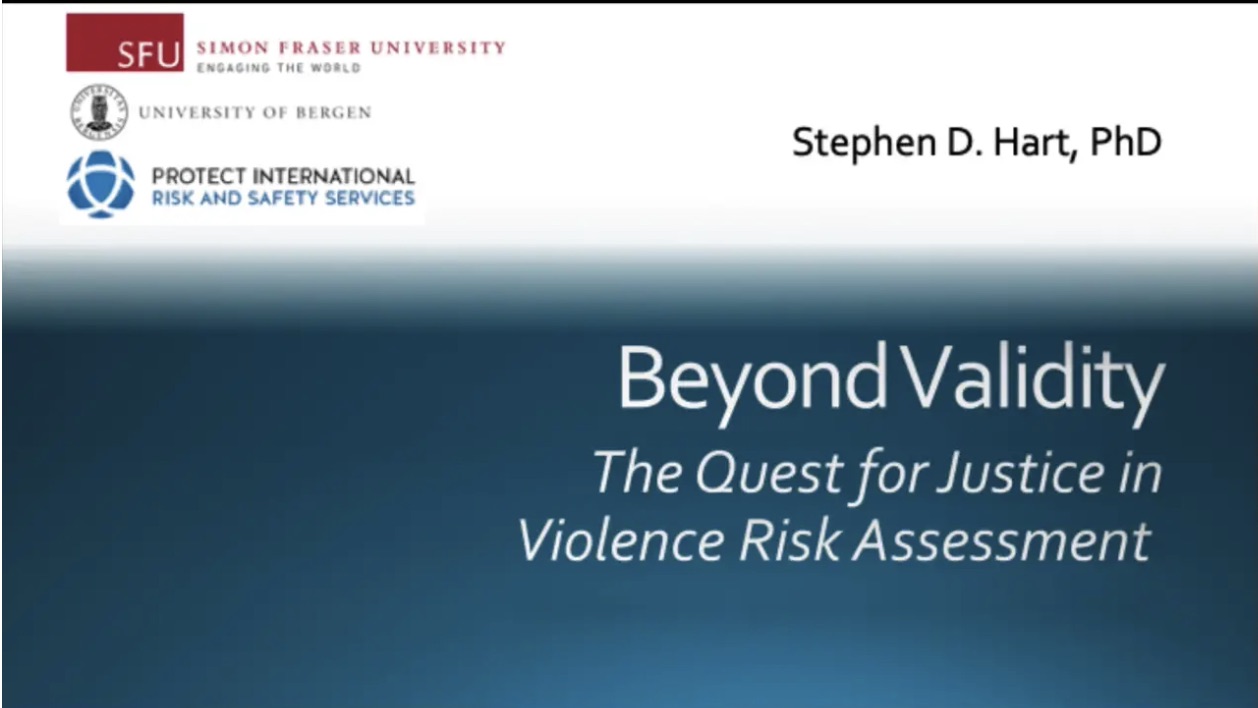It’s difficult, but you are doing a great job: The effect of interviewer’s support on child abuse victim’s reluctance in interviews
Interviewer’s support can mitigate child abuse victim’s reluctance, thus increasing the informativeness
Current Treatment Modalities May Not Fully Address the Heterogeneity of Psychopathology in Dual Diagnosis Forensic Inpatient Populations
This study sought to clarify the psychiatric and criminological characteristics among Belgian
APLS 2019 Presidential Address by Dr. Kevin Douglas
Dr. Kevin Douglas presented his Presidential address--Accomplishments and Aspirations: The Role of
AAFP Distinguished Contributions Award Address by Dr. Stephen Hart
Dr. Stephen Hart was awarded the American Academy of Forensic Psychology's Distinguish
Targeting Implicit Criminal Cognition in Policies and Intervention Programs
Criminal cognition outside of conscious awareness or conscious control may be a
Ward Climate? Research Shows: Still No Operationalized Definition
Ward climate is often used to refer to the material, social, and
The impact of gender and views of sexualization on sexual harassment judgments
Modern potential jurors are more aware of the false confession phenomenon, with
When innocent confess: Modern potential jurors’ attitude toward false confessions
Modern potential jurors are more aware of the false confession phenomenon, with
Caution!: Underdiagnosis of Substance Use Disorders in Forensic Populations Overlooks Criminogenic Treatment Need
Research suggests that co-occurring substance use disorder (SUD) is prevalent among adults
Two Early Intervention Targets for Juvenile Recidivism: Prior Victimization and Substance Use
Prior victimization significantly predicted whether a youth had future contact with the
Dialectical Behavioral Therapy within the Risk Need Responsivity Framework Reduces Recidivism
Dialectical Behavioral Therapy (DBT) exemplifies all the components of Cognitive-Behavioral programs that
Predeliberation Juror Discussion Leads to Bias in Jury Deliberation
Discussion of trial evidence by jurors, prior to jury deliberation, can introduce
























